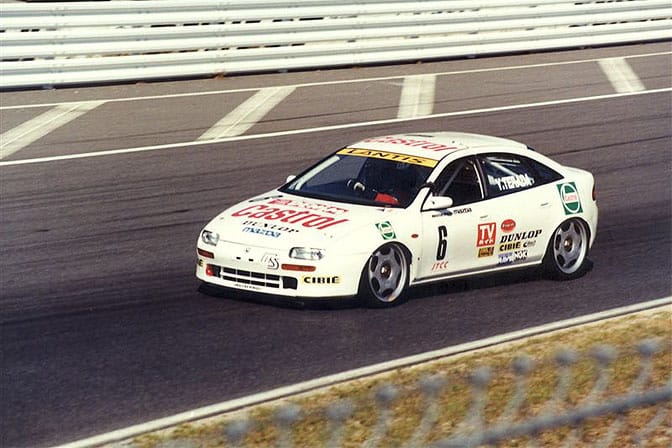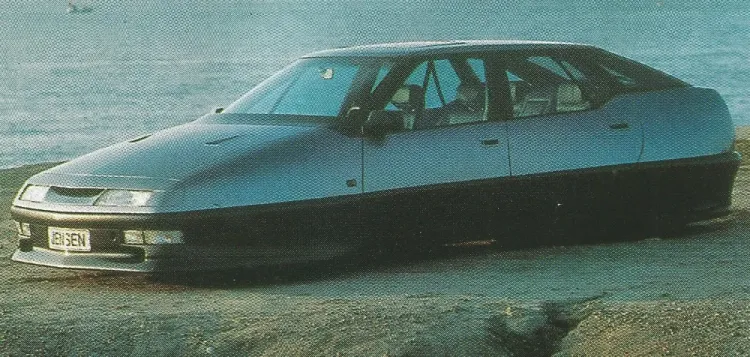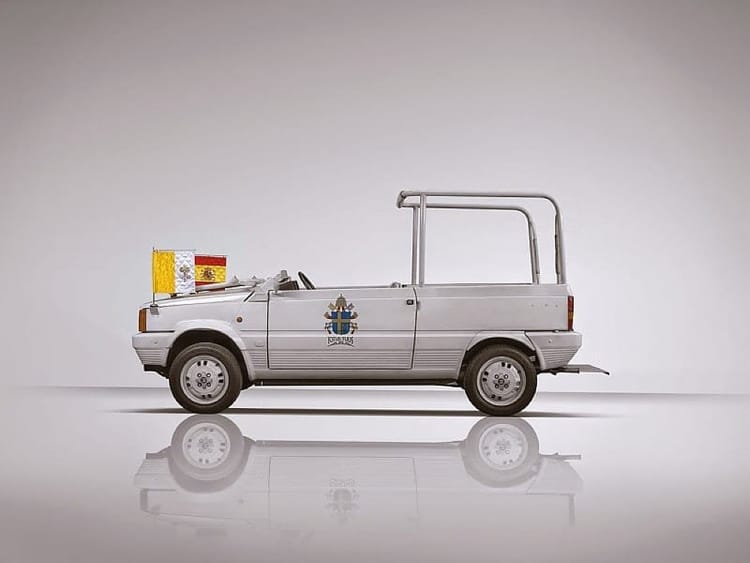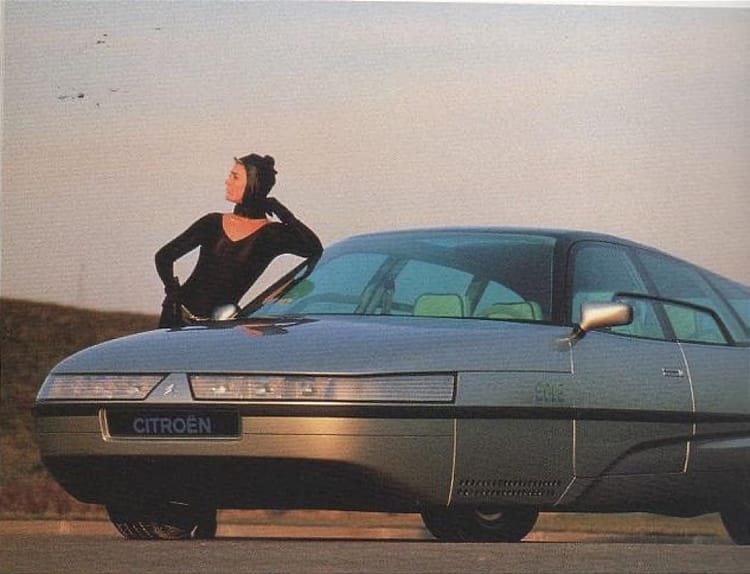Mazda 323F Lantis JTCC
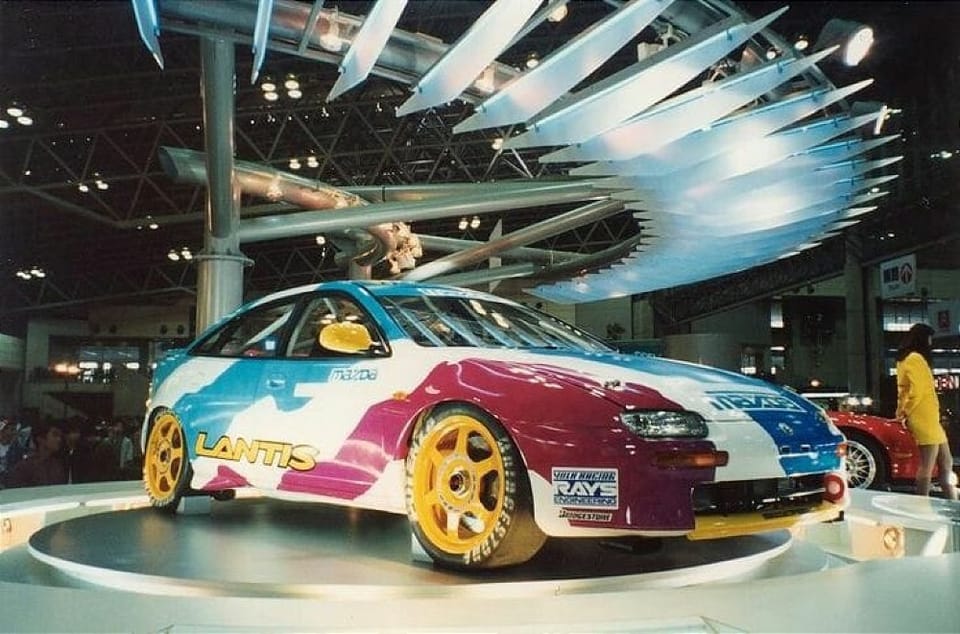
Believe me, committing to a single Mazda 323-based vehicle for issue #323 was tougher than it looks, until I considered this car’s looks.
The roots of the 323 model line stretch back to the Mazda 1963 Familia — Latin for ‘family’ — and forward as late as 2013 for China.
Aside, yes, that’s how quickly China has gone from 2000s-era subcompact Mazda cast-offs to being the world’s leading producer of any and everything a typical consumer would specify in their dream 2025 car. Like 10 years.
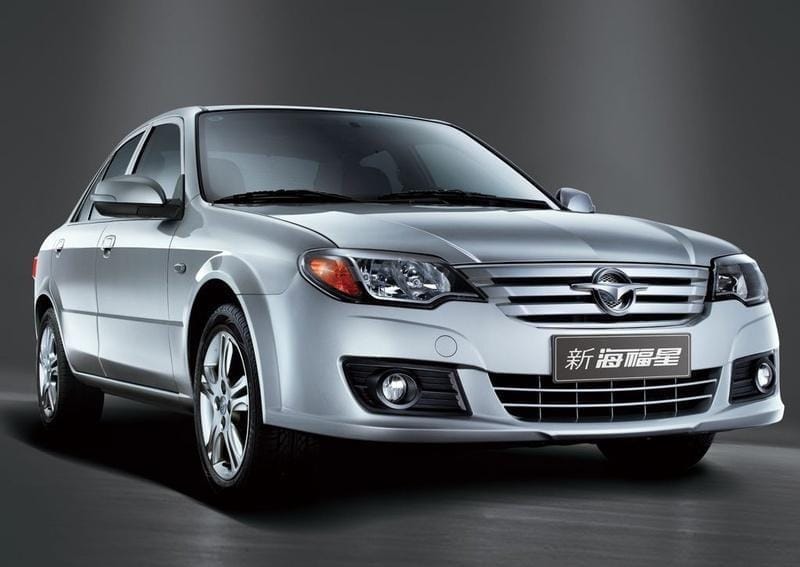
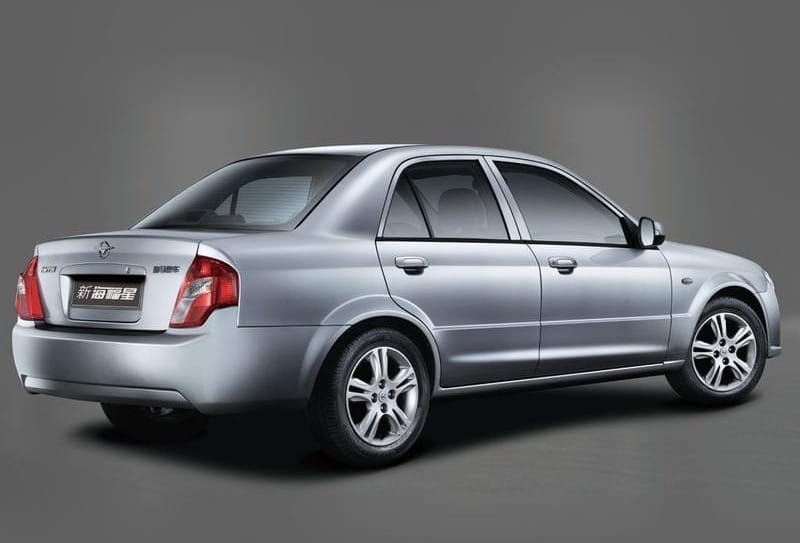
2010s-era Haima Family / Haima Happin models. Can you spot the bones of a Mazda Protegé? • Haima
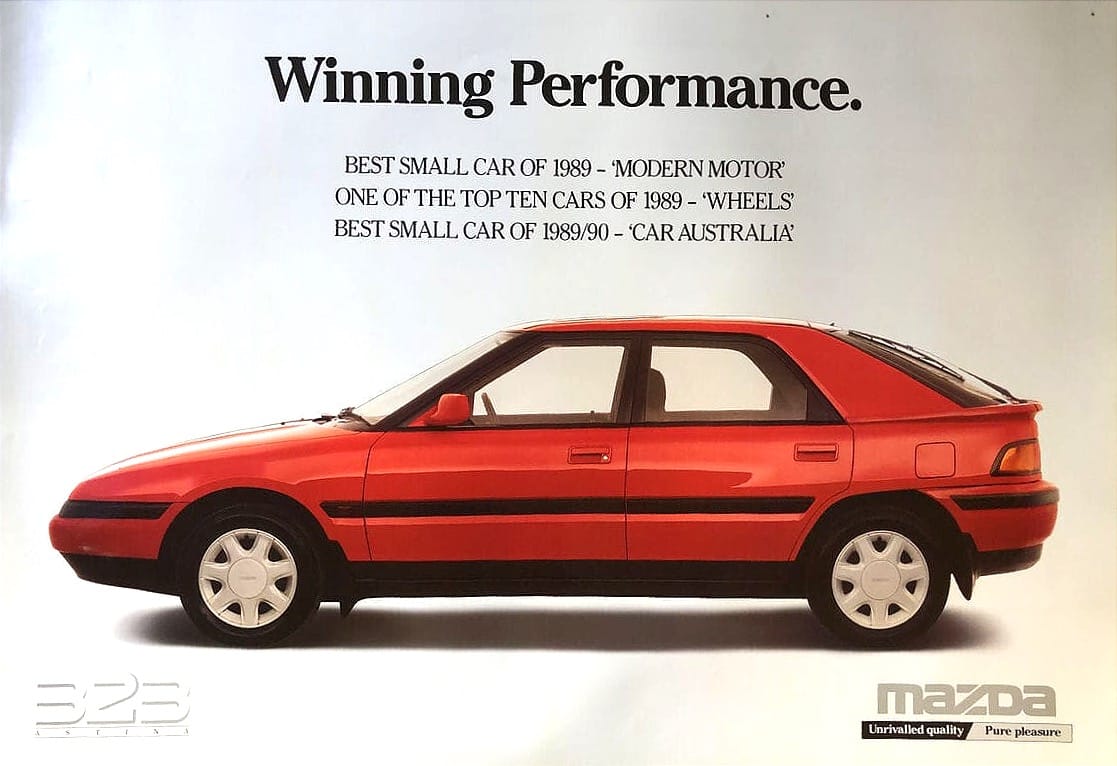
Anyway, after its economy crashed, Japan had it good-not-great through the 1990s, and when / where segments of its business was booming, Mazda had the audacity to pull the same trick Hyundai is now using to great effect: to make its affordable models more attractive.
Mind, it didn’t last long and because of its tie-up with Ford, certain variants got a little awkward, but the 1990s generations (BG and CB) of this sub-model were probably where the Mazda 323 peaked.
What takes the 323 of this era over the top is the Lantis.
Talk about big shoes to fill: the previous four-door sport hatch version of the 323, the Lantis or 323 F or 323 Astina in some markets (really) had pop-up headlights and (to me, at least) sits above the Volvo 480 for its looks. Names, not so much.
Oddly, in Australia and New Zealand, Mazda was talking up the car’s rally heritage? Eh?
When the Great Blobening of the 1990s happened, Mazda seemingly started with the literal teardrop of a 3-door 323, then stretched it out for the Lantis / F / Astina’s added length.
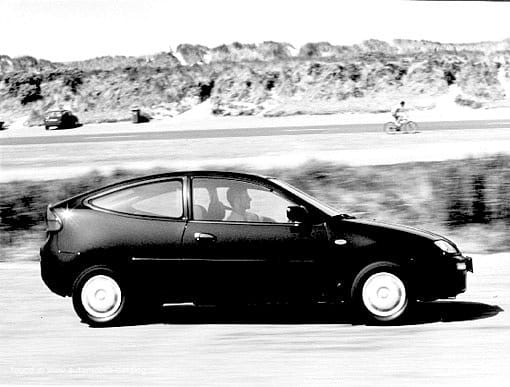

Mazda 323 C, left; Mazda 323 F, right. • Mazda
One drop (3-door) is falling softly, the other (5-door) has been accelerated into a streamlined shape by its stormier surroundings.
